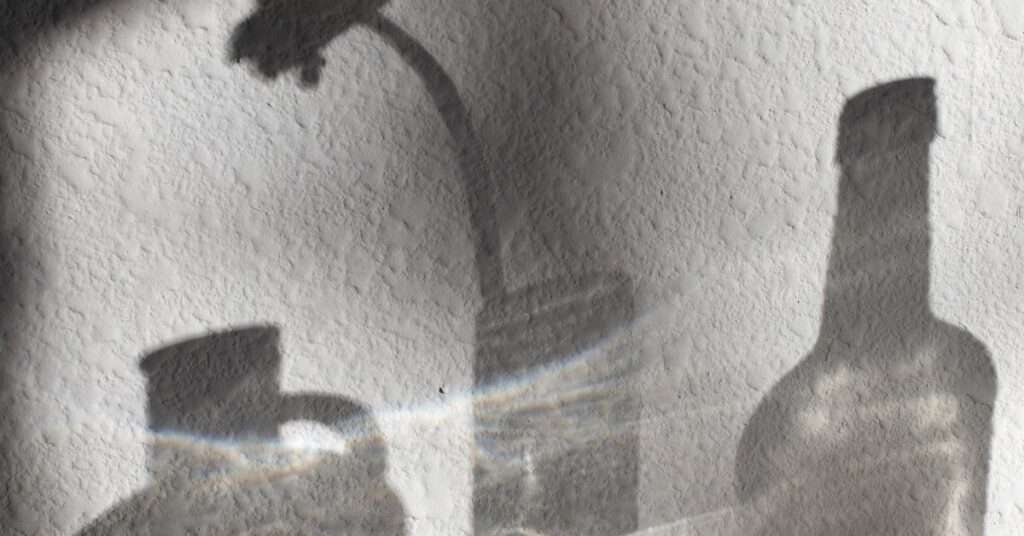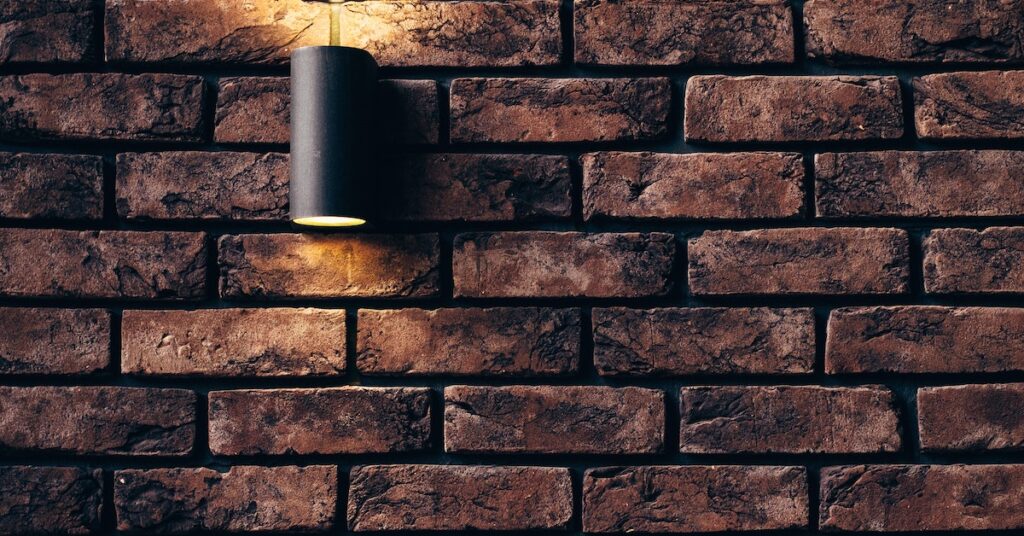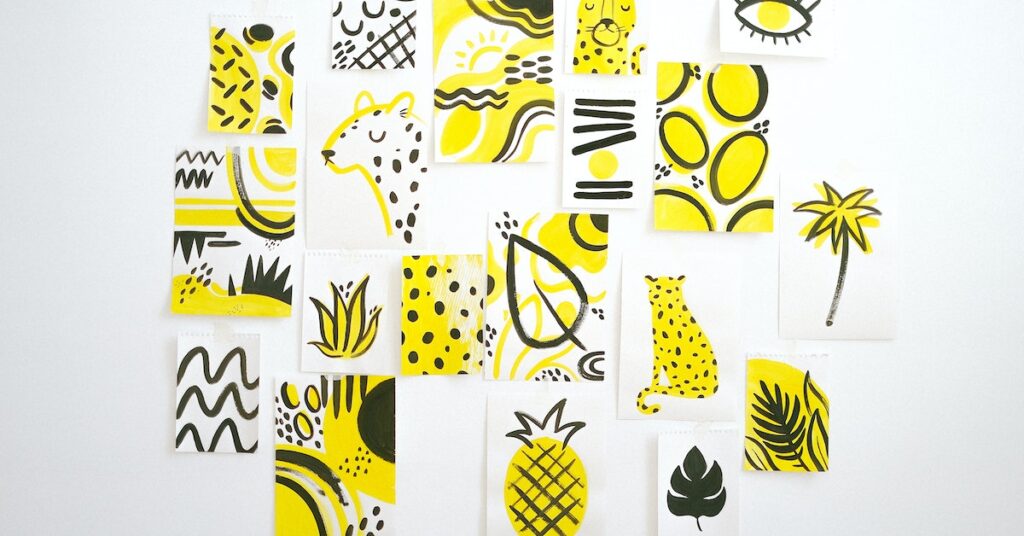Contemporary art styles are often characterized by using the most commercially produced goods as their subject matter. Often, these are toys, clothing, magazines, and newspapers. These works often use vibrant colors. These artists often create numerous copies of their works, which they sell to consumers. They do not place much emphasis on the concept of limited editions.
Pop art
Pop Art is a form of contemporary art that originated in the 1950s. It challenged the traditional style of fine art and used imagery from popular culture. It was a reaction to the dominant abstract expressionism movement. This style of art had many precursors, including Cubism and Surrealism. Cubism is characterized by geometrics, simultaneity, and passage, while Surrealism relies on a completely free form of consciousness and illustrates dream-like scenes.
Early Pop Art pieces often included images from magazines and newspaper cuttings. Later, these works began to incorporate other forms of media such as comic strips, food wrappers, and advertising artwork. In the UK, the style was introduced by Eduardo Paolo, who specialized in creating artwork for the advertising industry. Later, the art movement was popularized in the US.
Pop Art started in the mid-1950s in Britain and was at its height during the 1960s. Its popularity grew quickly throughout Europe and the United States. Its primary creators drew inspiration from Hollywood films, advertising, pop music, and comic books. The style’s colorful, whimsical imagery was intended to make a statement about current events. As a result, Pop artists challenged traditional art styles.
Many Pop artists used printmaking techniques to quickly reproduce their images in large quantities. Andy Warhol, for example, employed the silkscreen printing technique in his work. Others, such as Roy Lichtenstein, used lithography. In addition, pop artists often incorporated popular culture images into their works, breaking the idea that real art was unique.
Pop Art is a type of modern art that has evolved into a major style. The movement is a subversion of the conventional narrative that art is a high-end commodity. The subject matter is often relatable to the everyday consumer. It also crosses media, including sculpture, shadow boxes, and mixed media artwork. The artists behind pop art were changing the way people viewed art, and broke down barriers between high and low art. They often incorporated elements from advertising, comics, and product packaging to create pieces of art that would appeal to the mass market.
Conceptualism
Conceptualism is a contemporary art style that challenges the traditional notions of what is art. Its primary focus is the idea, rather than its physical form. This style is often associated with works of art by Marcel Duchamp, who sought to challenge the idea that art is merely an object. Conceptual art also seeks to challenge the traditional definition of what constitutes art, and instead focuses on the process of creating art.
The rise of Conceptualism in the 1960s was a response to the institutionalization of art in the world. Since the mid-19th century, the art world had increasingly been driven by commercial considerations, and it was categorized as “good art” versus “poor art.” This system benefited only a small number of artists and an elite social group. It was a reaction against the commodification of art and the limits it placed on creativity.
Conceptual art aims to convey meaning instead of beauty. It is often referred to as “post-object art” and “art as idea” and has many different names. It is defined as any form of art that uses language and sometimes photography, but focuses on the idea itself, rather than the physical manifestation of the work.
The main characteristics of conceptual art are based on analysis. The artists behind the style believe that art must constantly evaluate itself and abandon traditional media in favor of self-criticism. They also question whether art must be represented visually, or in any material form. Contemporary conceptual artists, including Lawrence Weiner, have argued that art can be made up of ideas and still be a form of art.
Installation art
Contemporary art styles include installation art, which often takes on a site-specific setting and is often large-scale. Most installation art is temporary, lasting anywhere from a few months to several years. These pieces are also often interactive and may involve light and sound. Installations are sometimes temporary, such as those that use plant materials, but can also be permanent, such as works created using glass or metal.
Installation art has its roots in the 1960s, when artists became disillusioned with the commodification of art and sought out alternatives. Many artists began creating works that were in direct relationship with a specific space, as when artwork is removed from its original context it loses its meaning.
In some ways, installation art is similar to traditional craft based sculpture and modernist assemblage art. However, it effectively inverts the traditional principles of sculpture. Whereas sculpture is created to be viewed from the outside, installation art envelops the viewer into the space in which the work is displayed. This allows the viewer to enter a controlled environment where their expectations are altered.
The installation of art may be a complex process that involves the viewer moving around the space or interacting with different elements. This active engagement allows the viewer to experience the work from multiple points of view and may even involve the viewer’s sense of touch, smell, and vision. Installation art may also incorporate music and sound, which means that the viewer may experience the work in multiple ways rather than simply observing it from a distance.
Installation art was first documented in the 1960s. Installation art is associated with Conceptual art and its roots are traced to Marcel Duchamp, the first Conceptual artist. His use of a toilet seat as a medium for art is considered a precursor of installation art. The avant-garde Dadaists were also influential in the early days of installation art.
Still life
Still life can be very traditional, or it can be very contemporary. For example, a contemporary artist, such as Janet Rickus, has made still lifes electric with her use of unconventional ceramics and curiosities. Her paintings have a crisp clarity that evokes the feeling of a real kitchen.
The practice of painting still lifes has been around for centuries, and it has inspired many different movements and styles. Many artists of all styles have turned to this traditional style to express their creativity. Today, there is a wide range of mediums and styles for still lifes, including paintings, photography, animation, and sculpture.
Another style of still life is a Symbolic Still Life, which typically contains religious themes. Vanitas paintings are a popular example. They contain a variety of symbols, and are intended to remind viewers of mortality. The paintings depict objects such as skulls, candlelight, and hourglasses.
Armand Fernandez is another artist who used objects in his work. Although he initially painted still lifes, his interest eventually moved to objects. He belongs to the movement known as Nouveau realisme. His best-known works include the Accumulations series, which are polymer castings filled with found stuff.
Collage
Collage is one of the oldest art styles and is still a popular medium for many artists. It is a method that uses layers of material, from found objects to photographs, to create a unique finished piece. Artists use collage to express their personal visions and feelings. Many contemporary artists are using it to express social and political issues.
In the mid-20th century, art collage played an important role in the Pop art movement. It was first popularized by British artist Richard Hamilton, and later spread throughout the world through an exhibit at the Sidney Janis Gallery in New York in 1962, featuring works by Andy Warhol and Roy Lichtenstein. Artists working with collage may use traditional cut and paste techniques, or they may use modern methods like digital software.
Artists using collage have often challenged conventional notions about this medium. These artists often use a variety of materials, including newspaper cut-outs and patterned paper, to create unique compositions. They are able to explore new subject matters and create exciting new meanings. This is a method that challenges traditional notions about the medium and challenges us to think more creatively about the medium.
The term collage came from the French word coller, which means to glue. This style has been around since the 1500s, but was never considered a proper art form. The first collages of the 20th century used paper as their primary medium. Since then, the material used to create a collage has become far more varied.
Similarly, Letscher has started working with metal as a material for collage. His work, Big Eye (2015), is a massive assemblage of copper and cobalt blue metal scraps from India. Another arresting metal collage is Black Bird (2017), which juxtaposes sweet imagery with the harsh reality of metal.








